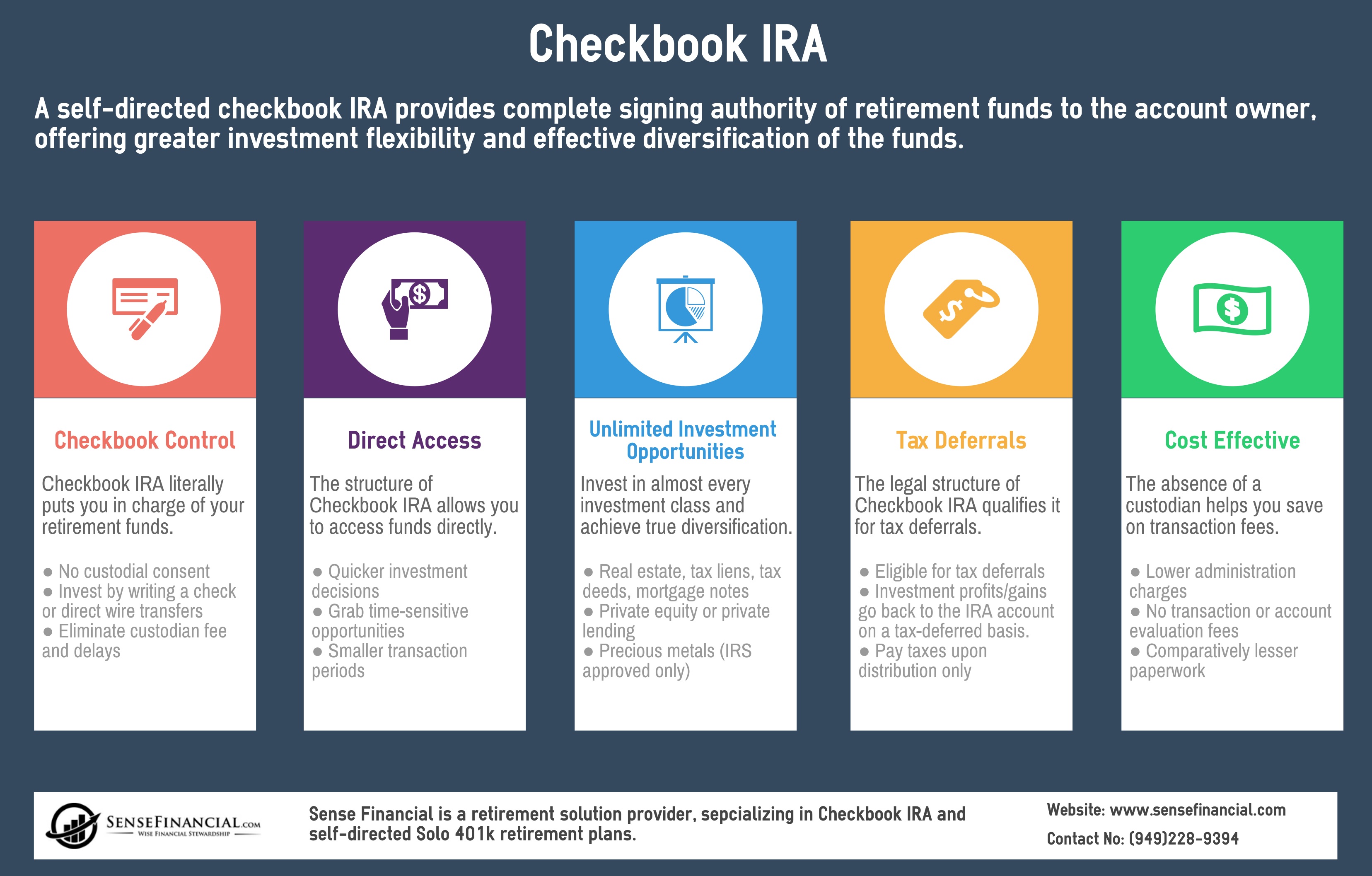

Self-directed IRA promoters are individuals or companies that promote and solicit money from investors for self-directed IRA investments. For additional information on self-directed IRA custodians, read NASAA’s Investor Bulletin “ Are you an informed investor? Third-Party Custodians of Self-Directed IRAs and Other Qualified Plans.” Furthermore, most custodial agreements between a self-directed IRA custodian and an investor explicitly state that the self-directed IRA custodian has no responsibility for investment performance. Self-directed IRA custodians are only responsible for holding and administering the assets in the account. Self-directed IRA custodians:ĭO NOT sell investment products or provide investment advice ĭO NOT evaluate the quality or legitimacy of any investment in the self-directed IRA or its promoters andĭO NOT verify the accuracy of any financial information that is provided for an investment in the account. However, these limitations do not apply to self-directed IRAs. Due to federal laws and regulatory rules related to selling investment products or providing investment advice, most custodians for other types of IRAs limit the holdings in IRA accounts to firm-approved stocks, bonds, mutual funds, and CDs. No Review – With a self-directed IRA you have sole responsibility for evaluating and understanding the investments in the account. These risks include a lack of legal and regulatory protection and a heightened risk of fraud, particularly when investing in alternative assets. While all investments have risk, self-directed IRAs have some risks that differ from those involved with IRAs offered by registered broker-dealers and investment advisers. Those risks can include a lack of information and liquidity – and the risk of fraud. Investments in these kinds of assets have unique risks that investors should consider. Custodians for self-directed IRAs may allow investors to invest retirement funds in “alternative assets” such as real estate, precious metals and other commodities, crypto assets, private placement securities, promissory notes, and tax lien certificates.

All IRA accounts are held for investors by custodians, which may include banks, trust companies, or any other entity approved by the Internal Revenue Service (IRS) to act as an IRA custodian.Ī self-directed IRA is an IRA held by a custodian that allows investment in a broader set of assets than most IRA custodians permit. Some common examples of IRAs include the traditional IRA, Roth IRA, Simplified Employee Pension (SEP) IRA, and Savings Incentive Match Plan for Employees (SIMPLE) IRA. Investing Through Self-Directed IRAsĪn Individual Retirement Account (IRA) provides investors with tax benefits for retirement savings. Investors should be mindful that investing through self-directed IRAs raises risks, including fraudulent schemes, high fees, and volatile performance.

Those assets may include real estate, private placement securities, precious metals and other commodities, and crypto assets. Self-directed IRAs allow investment in a broader – and potentially riskier – portfolio of assets than other types of IRAs. The SEC’s Office of Investor Education and Advocacy, the North American Securities Administrators Association (NASAA), and the Financial Industry Regulatory Authority (FINRA) are updating this Investor Alert to warn investors of potential risks associated with self-directed Individual Retirement Accounts (self-directed IRAs).


 0 kommentar(er)
0 kommentar(er)
